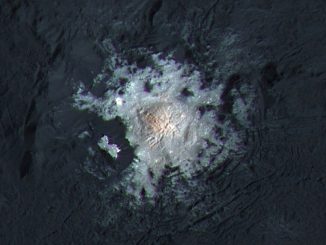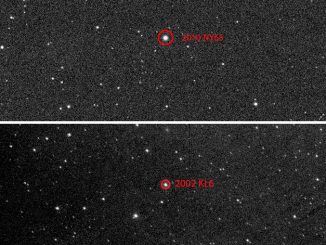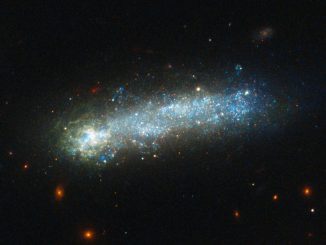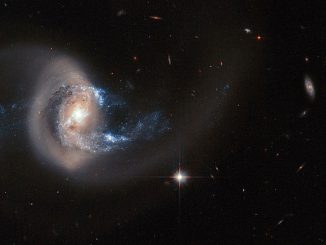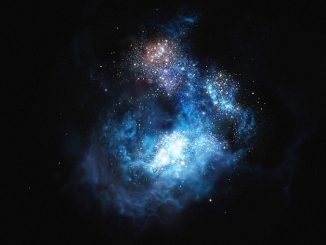
Hubble captures vivid aurorae in Jupiter’s atmosphere
Astronomers are using the NASA/ESA Hubble Space Telescope to study aurorae — stunning light shows in a planet’s atmosphere — on the poles of the largest planet in the solar system, Jupiter. This observation program is supported by measurements made by NASA’s Juno spacecraft, shortly to arrive at the gas giant.


